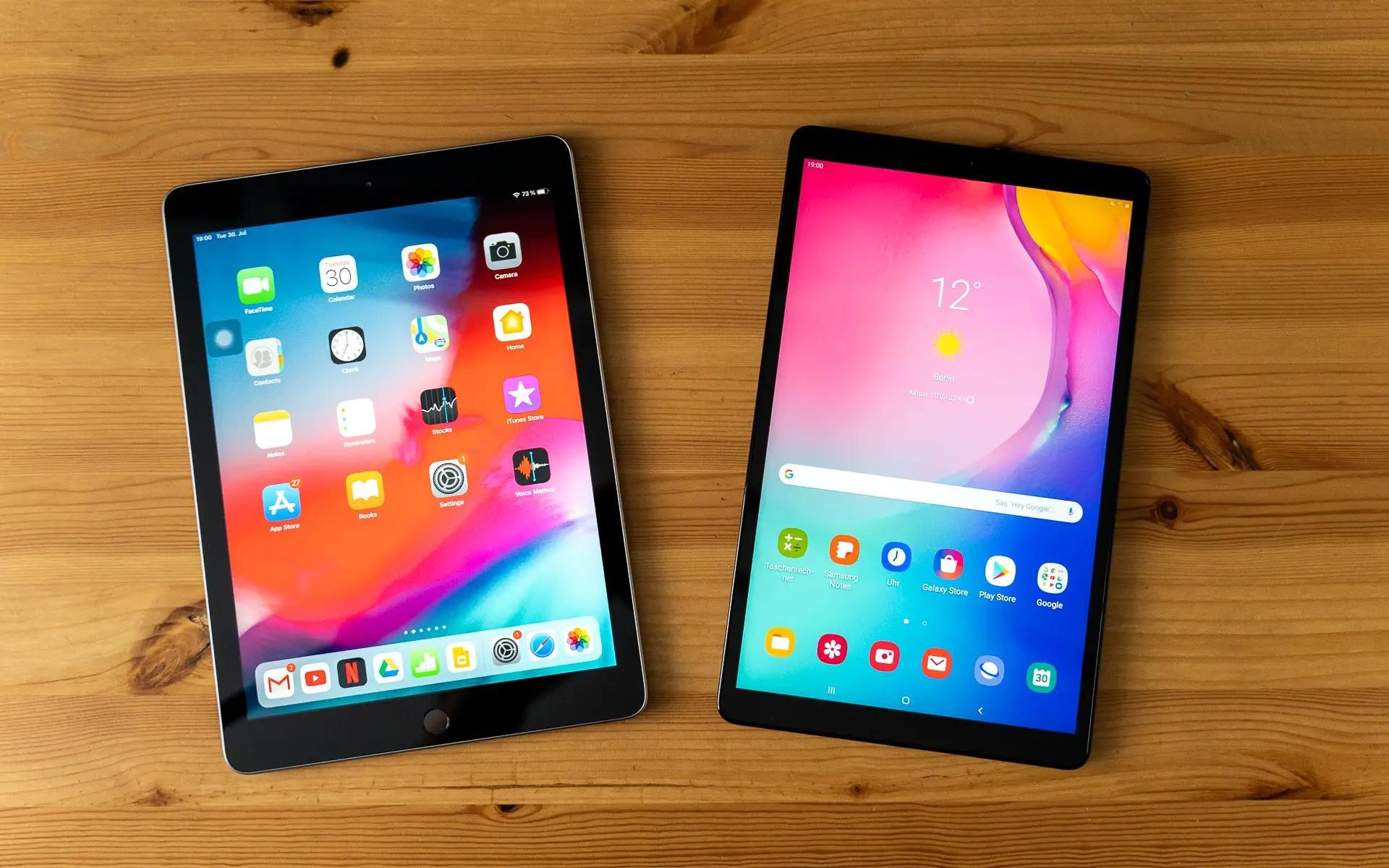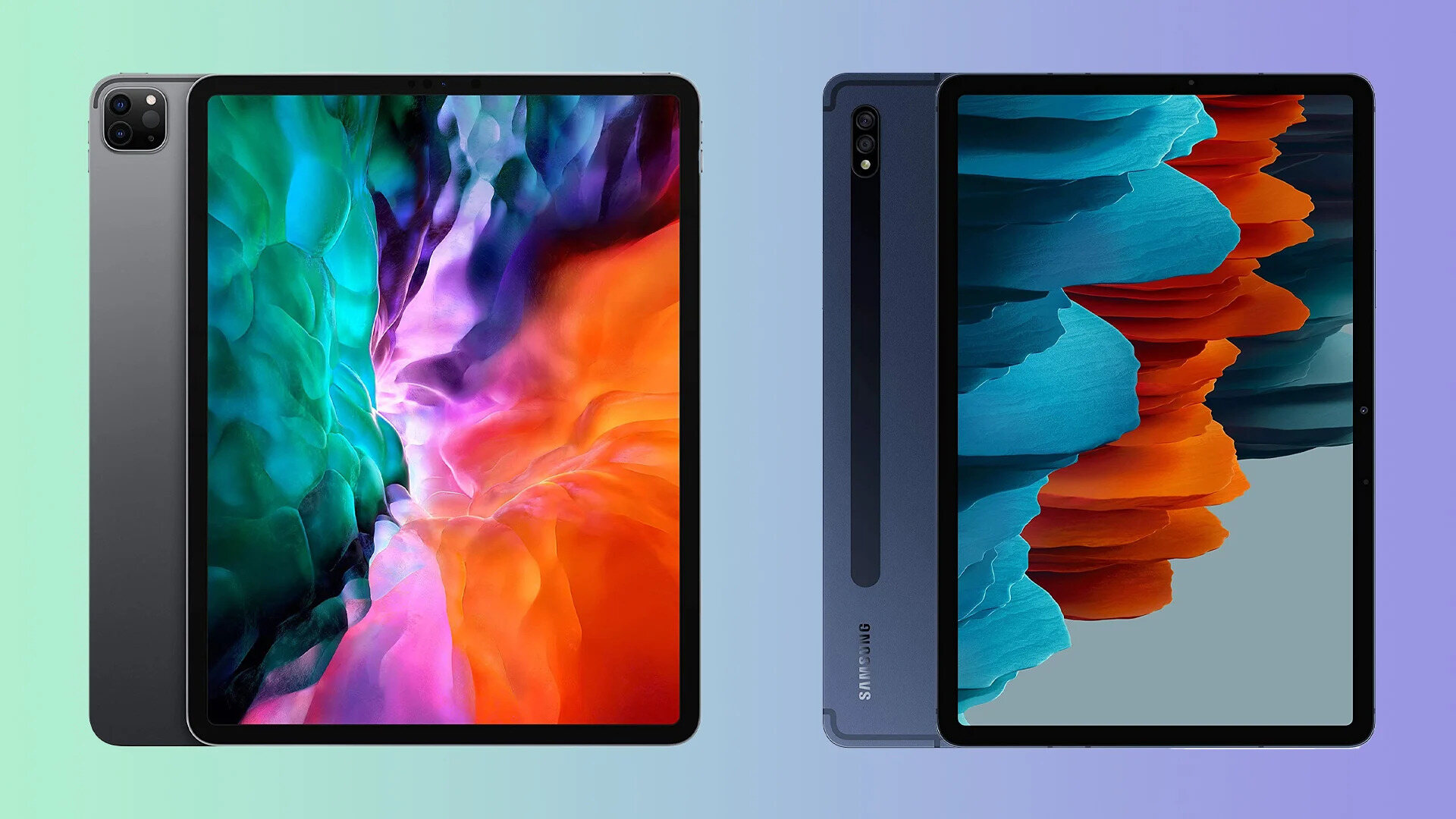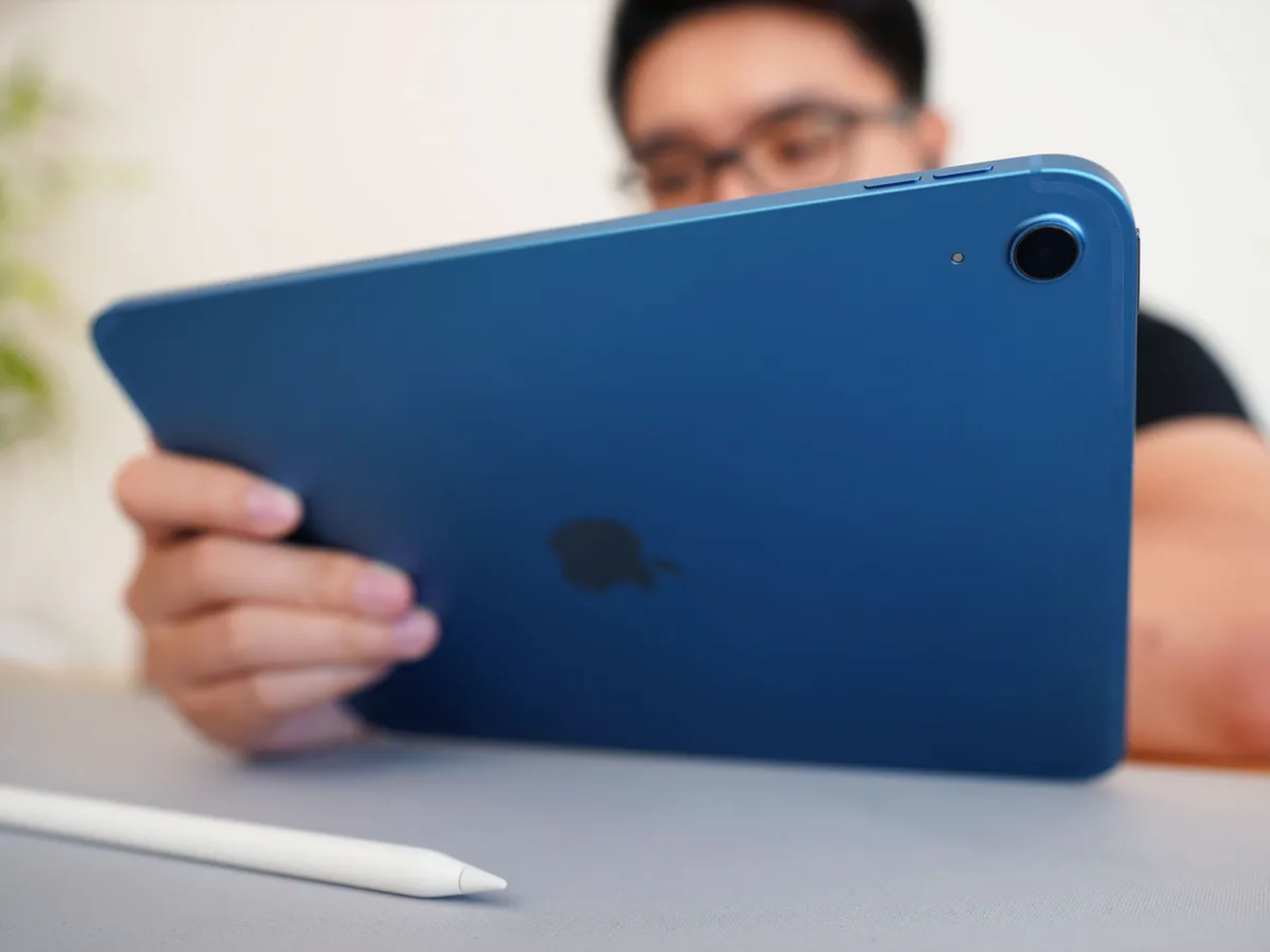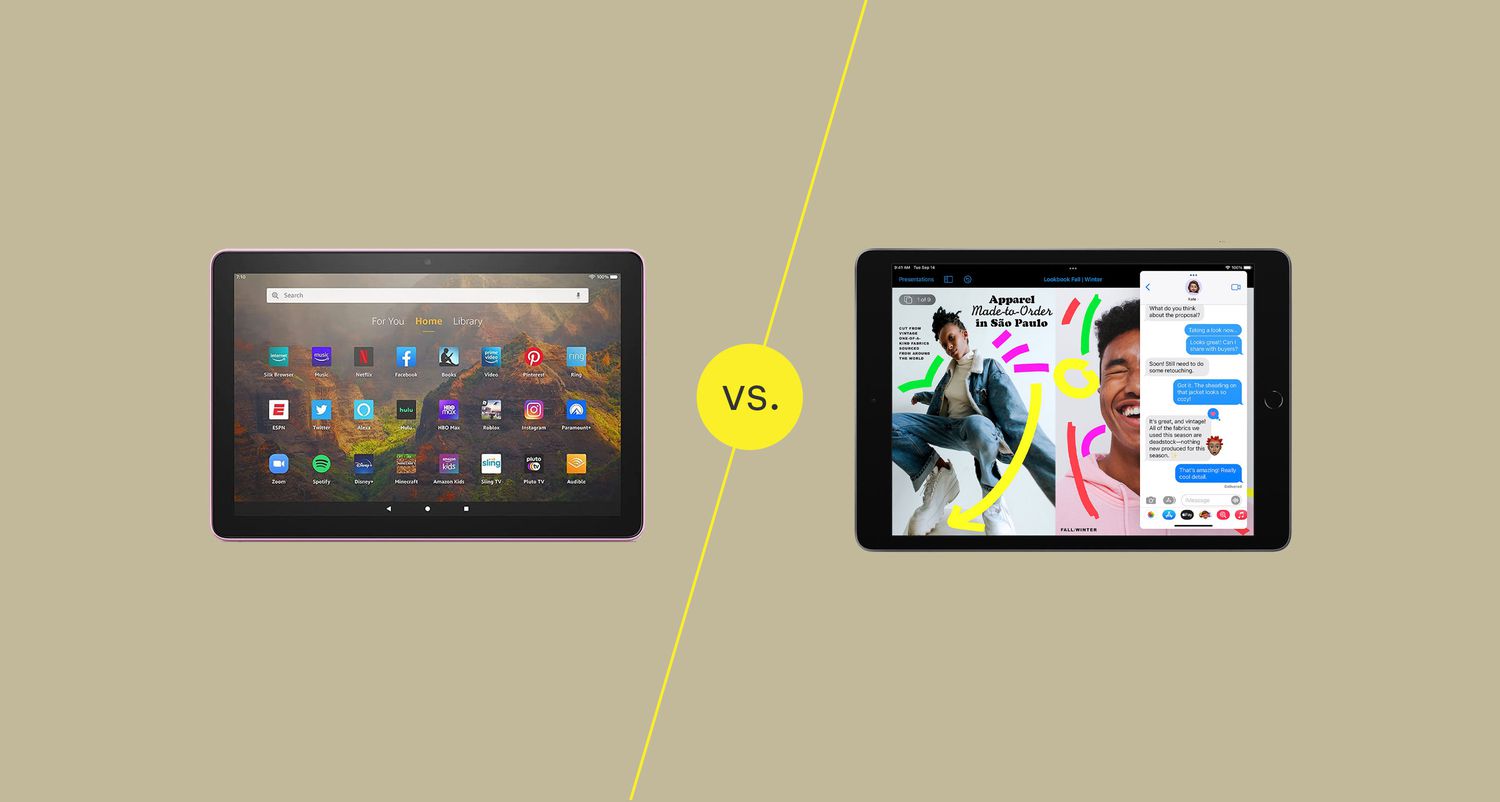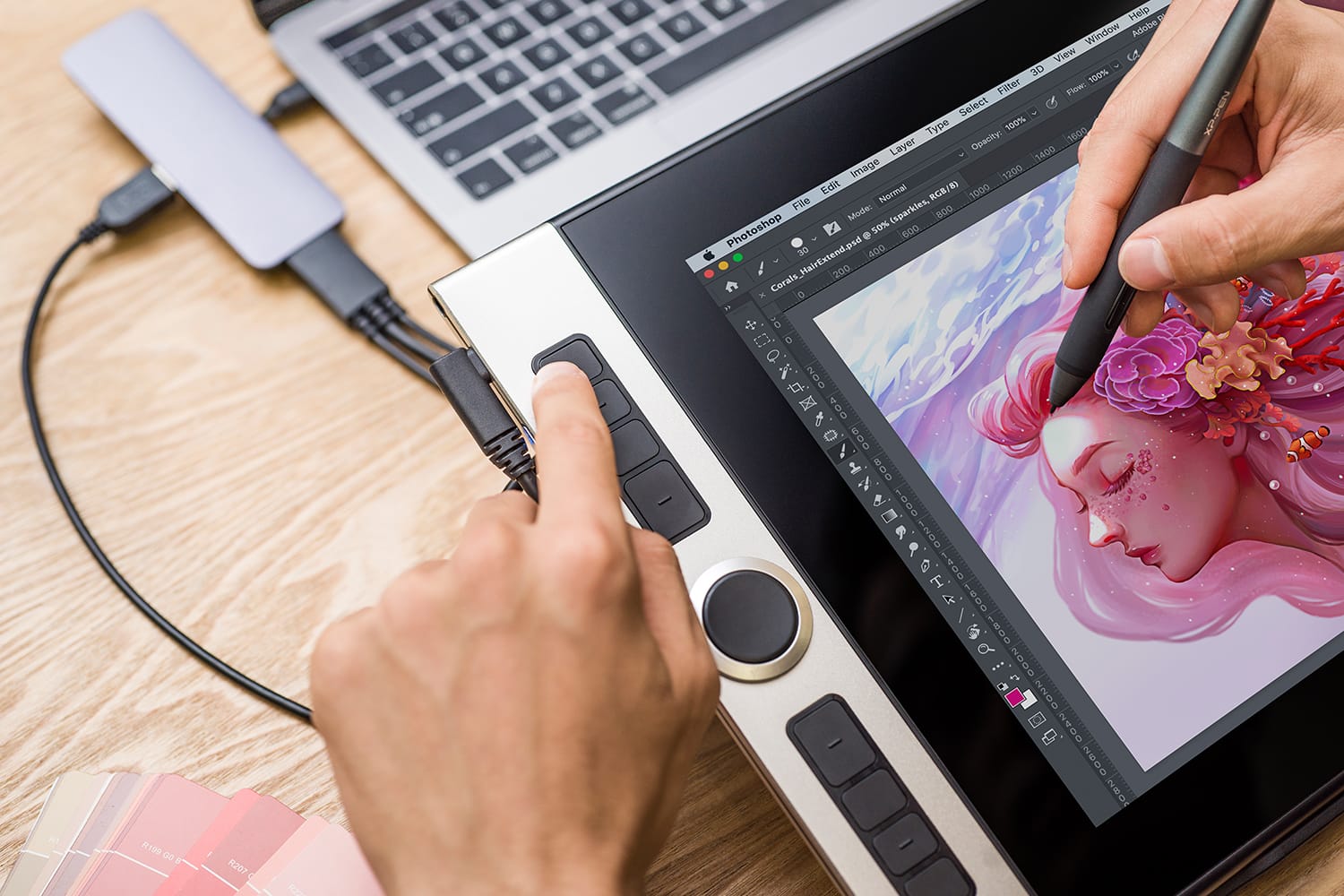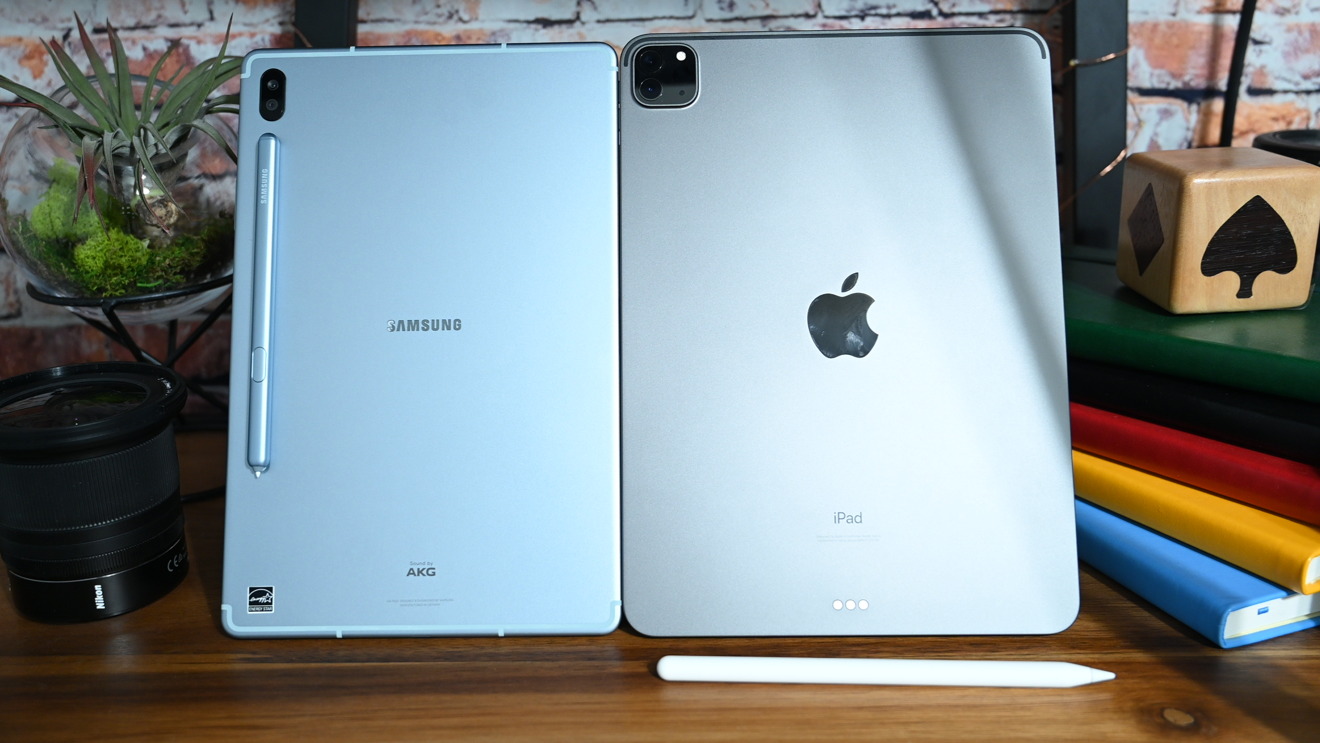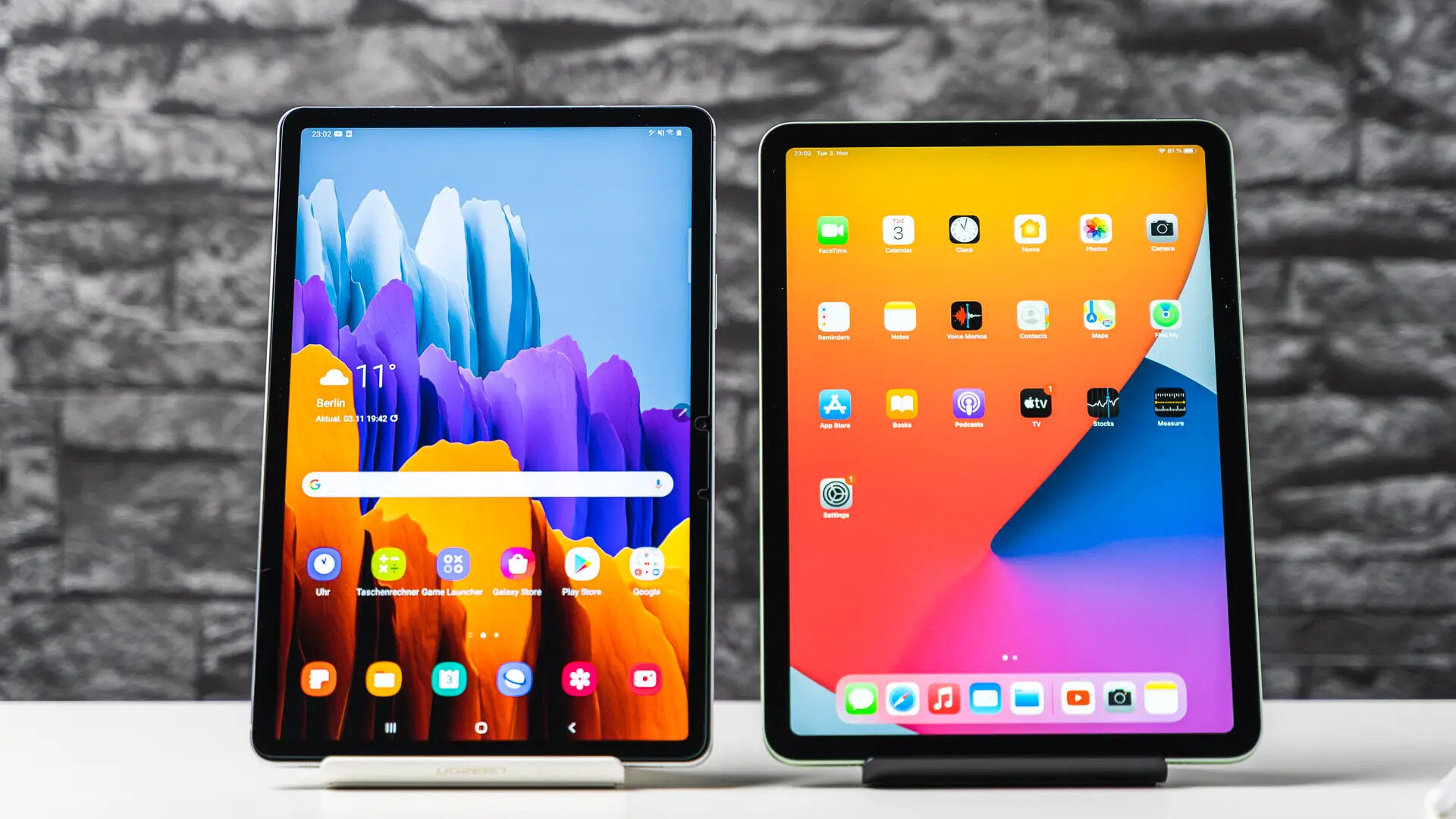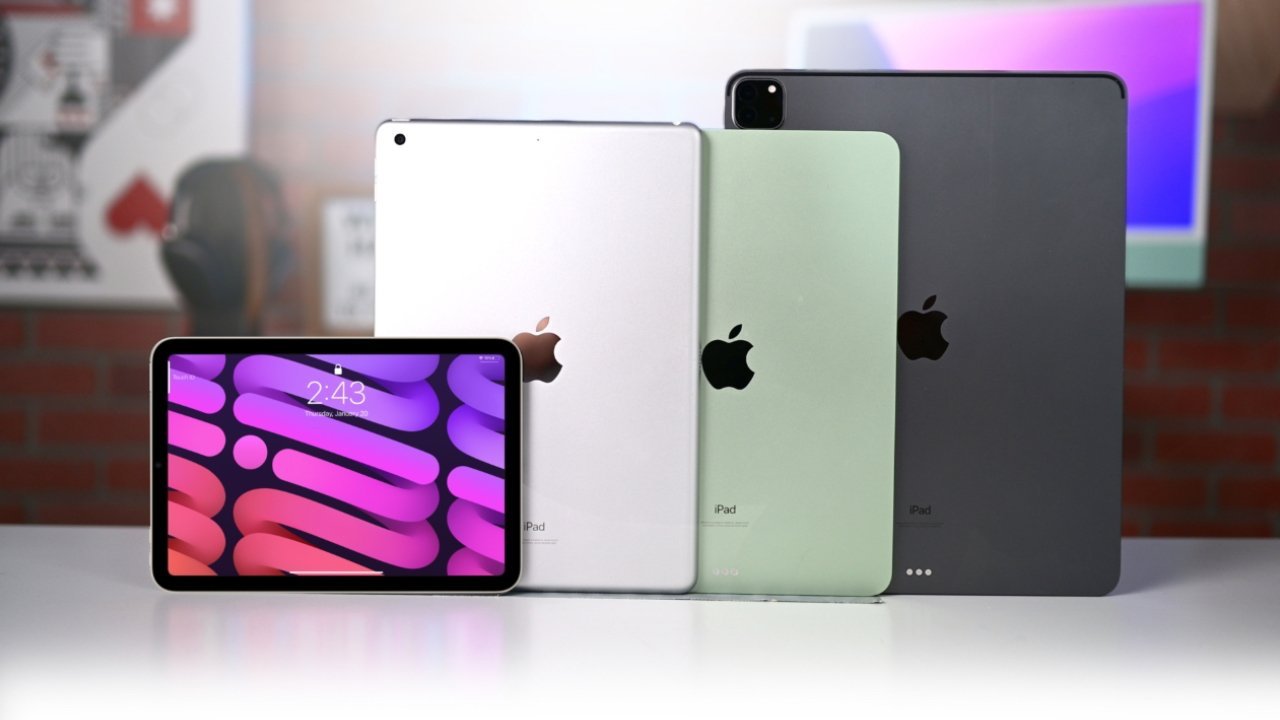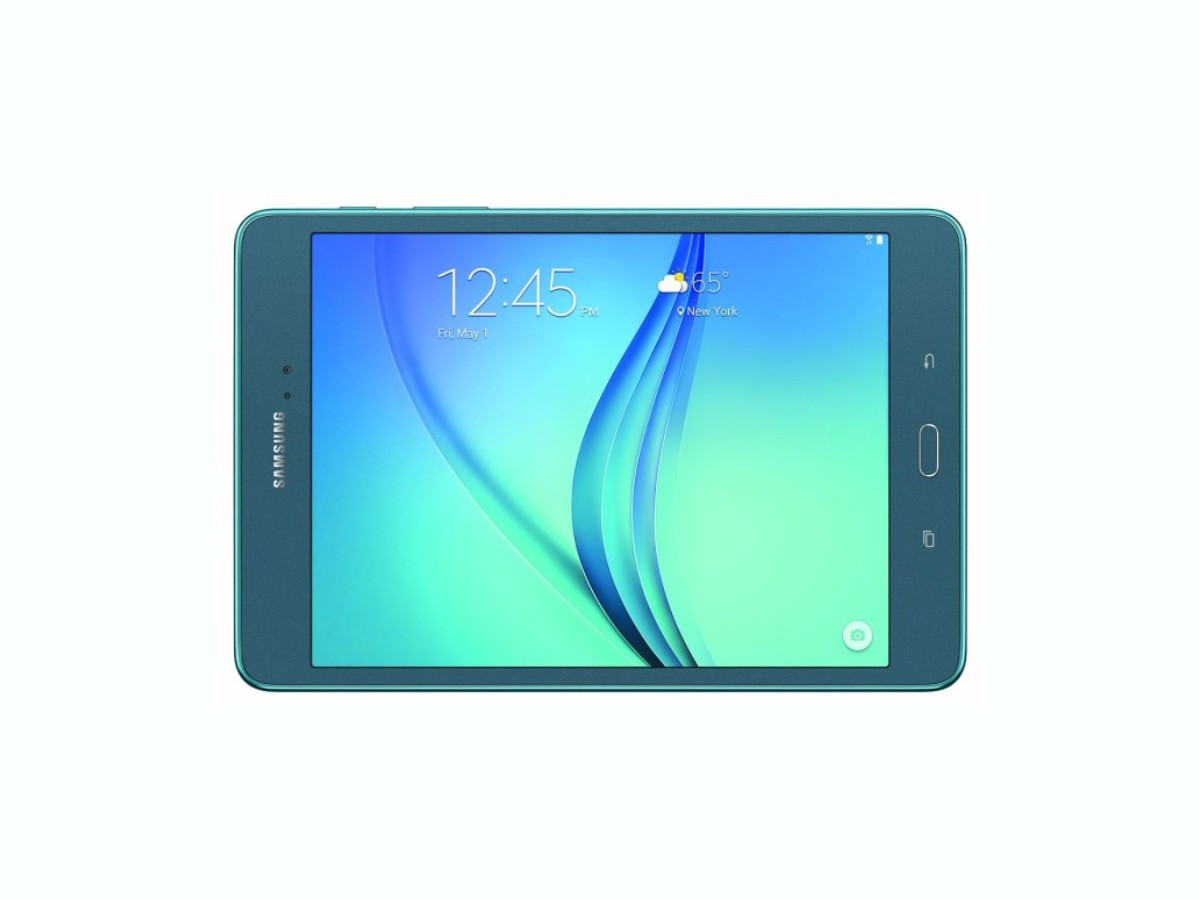Introduction
When it comes to upgrading from an iPad to a Samsung tablet, one of the biggest concerns is transferring all of your valuable data. Whether it’s photos, videos, contacts, or documents, you want to ensure that everything seamlessly makes its way to your new device. Fortunately, with the right steps and tools, transferring data from your iPad to a Samsung tablet can be a hassle-free process.
There are several methods you can use to transfer data, depending on your preferences and the resources available to you. In this article, we will guide you through the process of transferring your data from an iPad to a Samsung tablet, ensuring that none of your important files are left behind.
Before we delve into the various transfer methods, it’s important to emphasize the importance of backing up your iPad. This is crucial to ensure that your data is protected and that you have a fail-safe in case anything goes wrong during the transfer process.
Now that we’ve covered the basics, let’s dive into the step-by-step methods of transferring data from an iPad to a Samsung tablet. Remember, each method offers its own advantages and may vary depending on the devices you have and your personal preferences.
Step 1: Backing up Your iPad
Before you begin the process of transferring data from your iPad to a Samsung tablet, it’s crucial to back up your iPad. This step ensures that your data is safely stored and easily accessible in case anything goes wrong during the transfer process.
There are multiple ways to back up your iPad, but the most common and reliable method is using iCloud or iTunes on your computer.
If you choose to back up your iPad using iCloud, follow these simple steps:
- Connect your iPad to a Wi-Fi network.
- Go to “Settings” and tap on your name at the top of the screen.
- Select “iCloud” and then “iCloud Backup”.
- Tap “Back Up Now” and make sure to stay connected to Wi-Fi until the backup process is complete.
If you prefer to back up your iPad using iTunes, here’s what you need to do:
- Connect your iPad to your computer using a USB cable.
- Open iTunes on your computer and select your iPad.
- Click on “Back Up Now” and wait for the backup process to finish.
Regardless of the method you choose, it’s important to wait for the backup process to complete before proceeding with the data transfer. This ensures that all your data, settings, and app data are safely stored and ready to be transferred to your new Samsung tablet.
Backing up your iPad not only provides a safety net during the transfer process but also allows you to easily restore your data if you ever need to switch back to your iPad or upgrade to a newer device in the future.
Step 2: Transferring Data Using a Computer
If you prefer to transfer data from your iPad to a Samsung tablet using a computer, there are a few methods you can choose from, depending on your operating system.
For Windows users, the easiest way to transfer data is by using the Samsung Smart Switch software. This software allows you to seamlessly transfer your contacts, photos, videos, messages, and more from your iPad to your Samsung tablet.
To transfer data using Samsung Smart Switch, follow these steps:
- Download and install the Samsung Smart Switch software on your computer.
- Connect your iPad to your computer using a USB cable.
- Open Samsung Smart Switch and select the option to transfer data from an iOS device.
- Follow the on-screen instructions to select the data you want to transfer and initiate the transfer process.
If you’re using a Mac computer, you can utilize the Samsung Smart Switch Mobile app and a USB cable to transfer your data:
- Download and install the Smart Switch Mobile app on your Samsung tablet from the App Store.
- Connect your iPad to your Mac using a USB cable.
- Open the Smart Switch Mobile app on your Samsung tablet.
- Follow the on-screen instructions to select the data you want to transfer and initiate the transfer process.
Alternatively, you can also use third-party software like iMobie AnyTrans or Wondershare MobileTrans to transfer your data between your iPad and Samsung tablet. These software provide more flexibility and options for transferring different types of data, including music, contacts, messages, and more.
Remember to follow the instructions provided by the software you choose and ensure that both your iPad and Samsung tablet are connected securely to your computer during the transfer process.
Transferring data using a computer gives you more control and flexibility in selecting the specific data you want to transfer, making it a preferred method for many users.
Step 3: Transferring Data Using a USB Cable
If you prefer a direct and straightforward method to transfer data from your iPad to a Samsung tablet, using a USB cable is a great option.
1. Use a USB on-the-go (OTG) adapter:
- First, check if your Samsung tablet supports USB OTG. This feature allows the tablet to act as a host and recognize external devices like your iPad.
- Purchase a USB OTG adapter that is compatible with your Samsung tablet.
- Connect the USB OTG adapter to your Samsung tablet.
- Connect the USB end of your iPad charger cable to the USB OTG adapter.
- Connect the Lightning end of your iPad charger cable to your iPad.
- Once connected, your Samsung tablet should detect and display the files and folders on your iPad.
- Copy and transfer the desired files from your iPad to your Samsung tablet.
2. Use a USB-C to Lightning cable:
- Purchase a USB-C to Lightning cable. Ensure it is compatible with both your Samsung tablet and iPad.
- Connect the USB-C end of the cable to your Samsung tablet.
- Connect the Lightning end of the cable to your iPad.
- Your Samsung tablet should recognize your iPad and display the files and folders.
- Select and transfer the desired files from your iPad to your Samsung tablet.
Transferring data using a USB cable offers a simple and direct method without relying on an internet connection or additional software. However, it’s important to ensure compatibility between your iPad and Samsung tablet, as well as using the correct type of cable.
Remember, the USB cable method primarily allows you to transfer files such as photos, videos, documents, and music. For transferring other data like contacts, messages, and app data, you may need to utilize other methods mentioned in the previous steps.
Step 4: Transferring Data Using Cloud Storage Services
If you prefer a wireless and convenient method to transfer your data from an iPad to a Samsung tablet, using cloud storage services is an excellent option. This method allows you to store your data in the cloud and access it from any device, making it incredibly versatile.
There are several popular cloud storage services available, such as Google Drive, Dropbox, and OneDrive. These services offer a certain amount of free storage, with the option to purchase additional storage if needed.
To transfer data using cloud storage services, follow these steps:
- First, ensure that you have the cloud storage app installed on both your iPad and Samsung tablet.
- Open the cloud storage app on your iPad and sign in to your account. If you don’t have an account, create one.
- Select the files or folders you want to transfer to your Samsung tablet.
- Upload the selected files or folders to the cloud storage service.
- Now, open the cloud storage app on your Samsung tablet and sign in to the same account.
- Navigate to the uploaded files or folders and download them to your Samsung tablet.
It’s important to note that the speed of the transfer will depend on your internet connection and the size of the files you’re transferring. If you have a large amount of data to transfer, it may take some time to complete the process.
Cloud storage services provide a convenient and centralized way to transfer data between devices, allowing you to access your files from anywhere at any time. Additionally, using cloud storage is not limited to transferring data from an iPad to a Samsung tablet; you can also use it to sync and access your data across multiple devices, including smartphones, computers, and tablets.
Keep in mind that while cloud storage services offer a certain amount of free storage, you may need to consider upgrading to a paid plan if you have a significant amount of data to transfer and store.
Step 5: Transferring Data Using Third-Party Apps
If you’re looking for more versatility and control in transferring data from your iPad to a Samsung tablet, using third-party apps can be a great option. These apps provide a wide range of features and tools specifically designed for data transfer between different devices and platforms.
Here are a few popular third-party apps that can help you transfer data:
- iMobie AnyTrans: This all-in-one iOS data management tool allows you to transfer a variety of data, including contacts, messages, photos, videos, and more, between your iPad and Samsung tablet. It also offers features like backup and restore, media management, and even a ringtone maker.
- Wondershare MobileTrans: This app enables you to transfer data not only between iPad and Samsung devices but also across various platforms, such as iOS to Android or vice versa. It supports the transfer of contacts, messages, photos, music, videos, and more, with a simple and intuitive interface.
- Syncios Data Transfer: This comprehensive data transfer tool supports multiple data types, including contacts, messages, call logs, photos, videos, and even app data. It allows you to transfer data directly between devices, backup and restore data, and even recover iTunes or iCloud backups.
To transfer data using third-party apps, follow the instructions provided by the specific app you choose. Generally, the process involves connecting both your iPad and Samsung tablet to the computer, launching the app, selecting the desired data to transfer, and initiating the transfer process.
It’s important to research and choose a reputable third-party app that aligns with your specific data transfer needs. Ensure that the app is compatible with both your iPad and Samsung tablet, and carefully follow the instructions provided by the app’s developers to ensure a smooth and successful transfer.
Using third-party apps can provide additional features and customization options for data transfer, making it a preferred method for users who want more control over the process.
Remember to consider factors like compatibility, user reviews, and pricing (if applicable) when choosing a third-party app for data transfer.
Conclusion
Transferring data from your iPad to a Samsung tablet doesn’t have to be a daunting task. With the right methods and tools, you can ensure that all your valuable data, including photos, videos, contacts, and documents, seamlessly transitions to your new device.
In this article, we’ve covered various methods for transferring data, including backing up your iPad, using a computer, USB cable, cloud storage services, and third-party apps. Each method offers its own advantages and may vary depending on your preferences and the devices you have.
Before you begin the transfer process, it’s crucial to back up your iPad to ensure that your data is protected and easily restorable if anything goes wrong. Whether you choose to back up your iPad using iCloud or iTunes, taking this precautionary step can save you from potential data loss.
If you prefer to use a computer for data transfer, options like Samsung Smart Switch, third-party software, or a USB cable can help you transfer files seamlessly and efficiently.
For wireless and convenient transfer, utilizing cloud storage services allows you to store your data in the cloud and access it from any device. Services like Google Drive, Dropbox, and OneDrive offer reliable options for data syncing and access across multiple devices.
Third-party apps like iMobie AnyTrans, Wondershare MobileTrans, and Syncios Data Transfer provide additional features and customization options for data transfer, allowing you to transfer various data types between devices and platforms.
Remember, the specific method you choose will depend on factors such as the type and amount of data you want to transfer, the devices you have, and your personal preferences. By considering these factors and following the step-by-step instructions, you can successfully transfer all your important data from your iPad to your Samsung tablet.
Now that you have the knowledge and tools at your disposal, it’s time to embark on the journey of transferring your data and embracing the new possibilities that your Samsung tablet has to offer.







